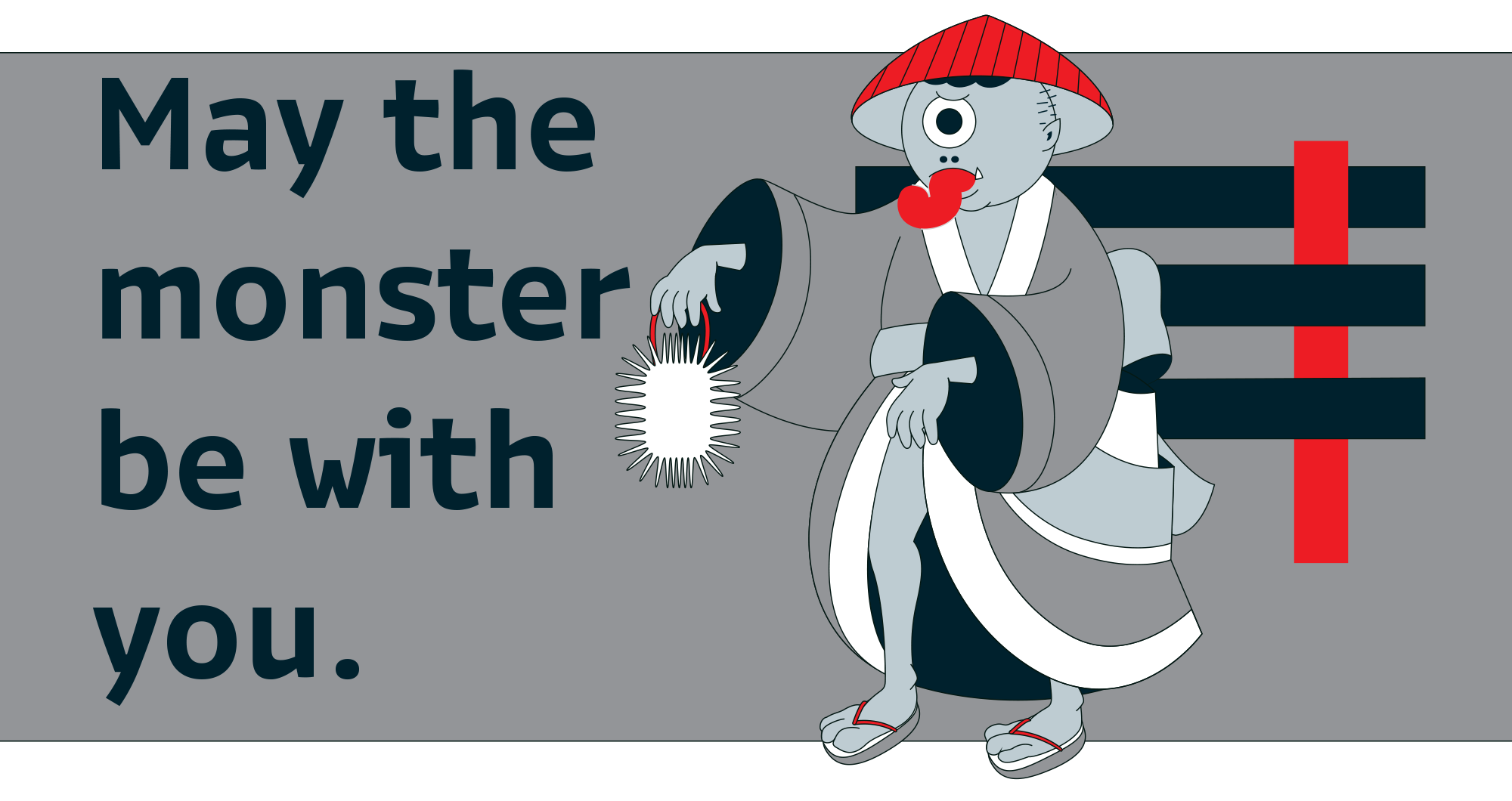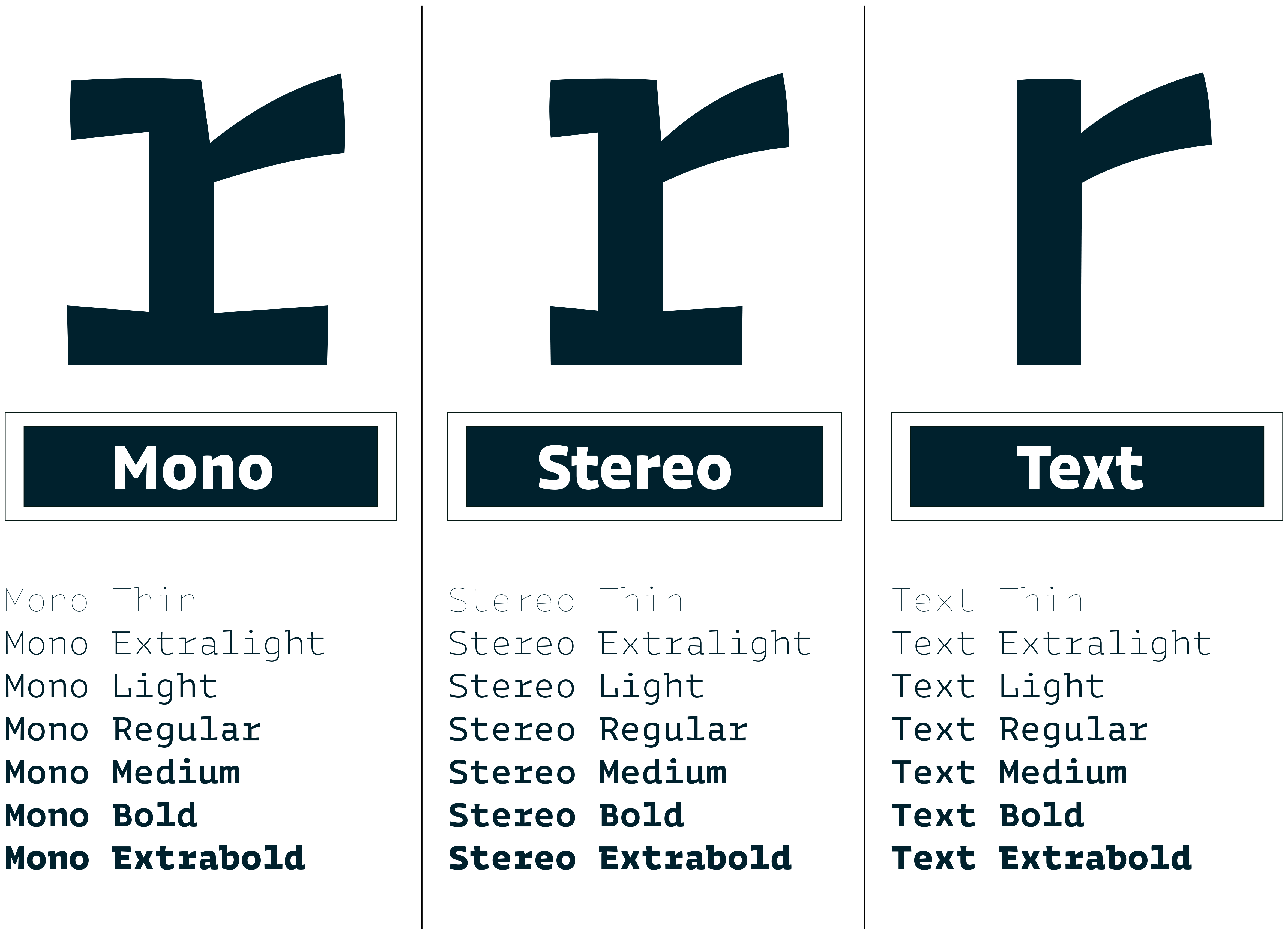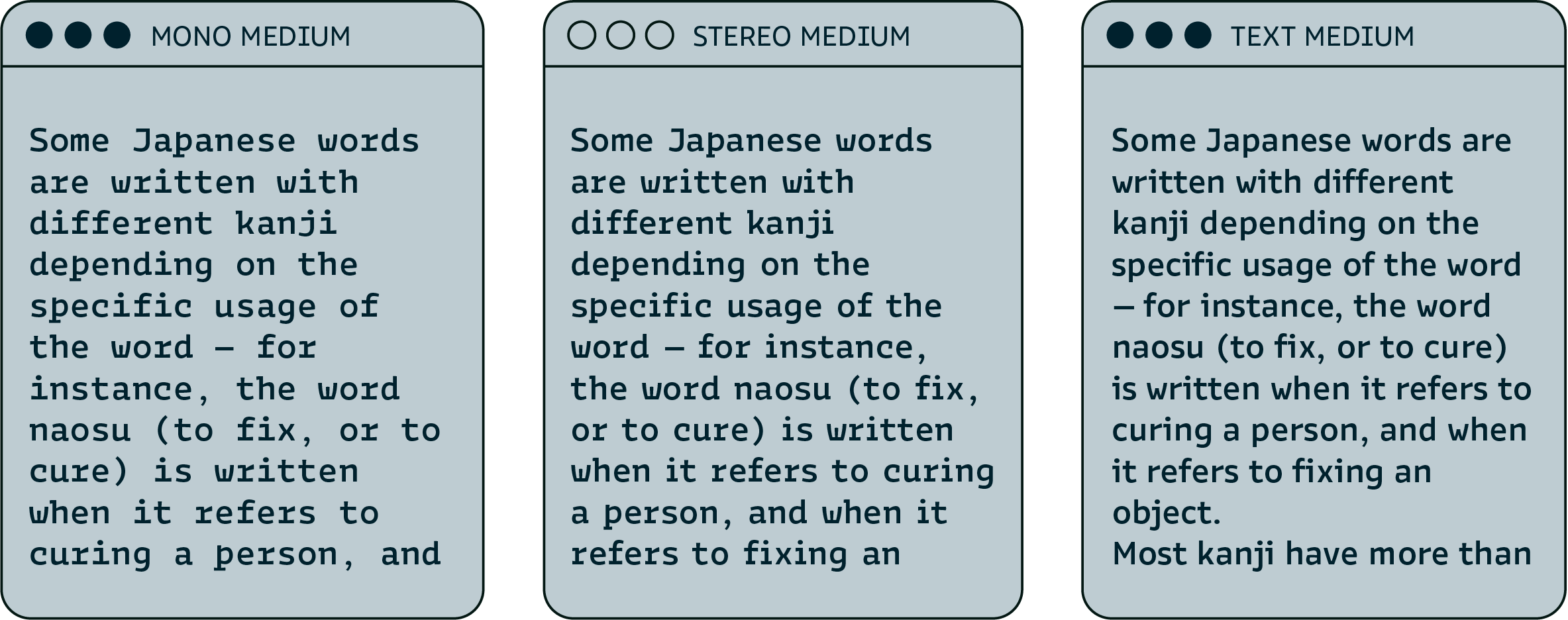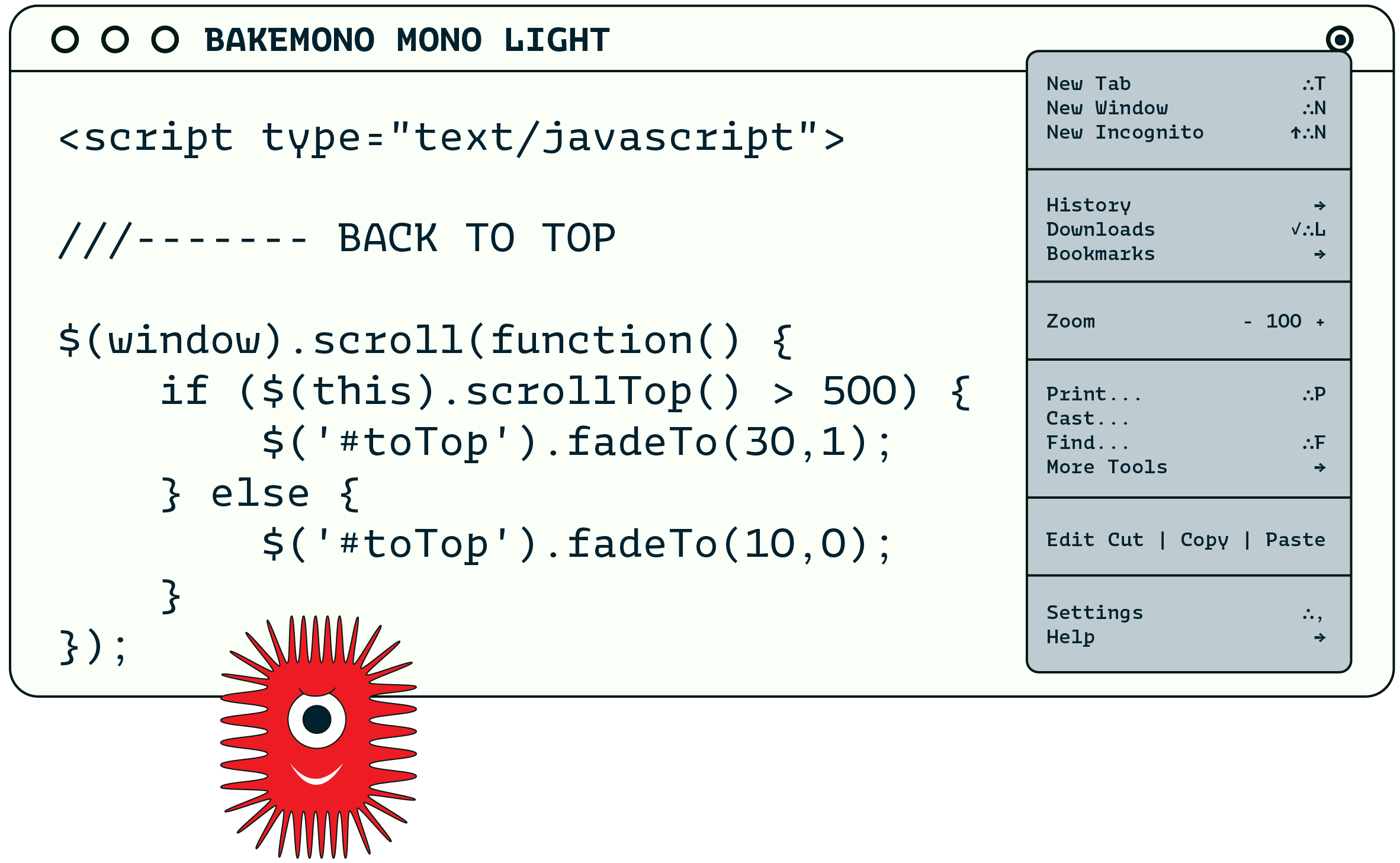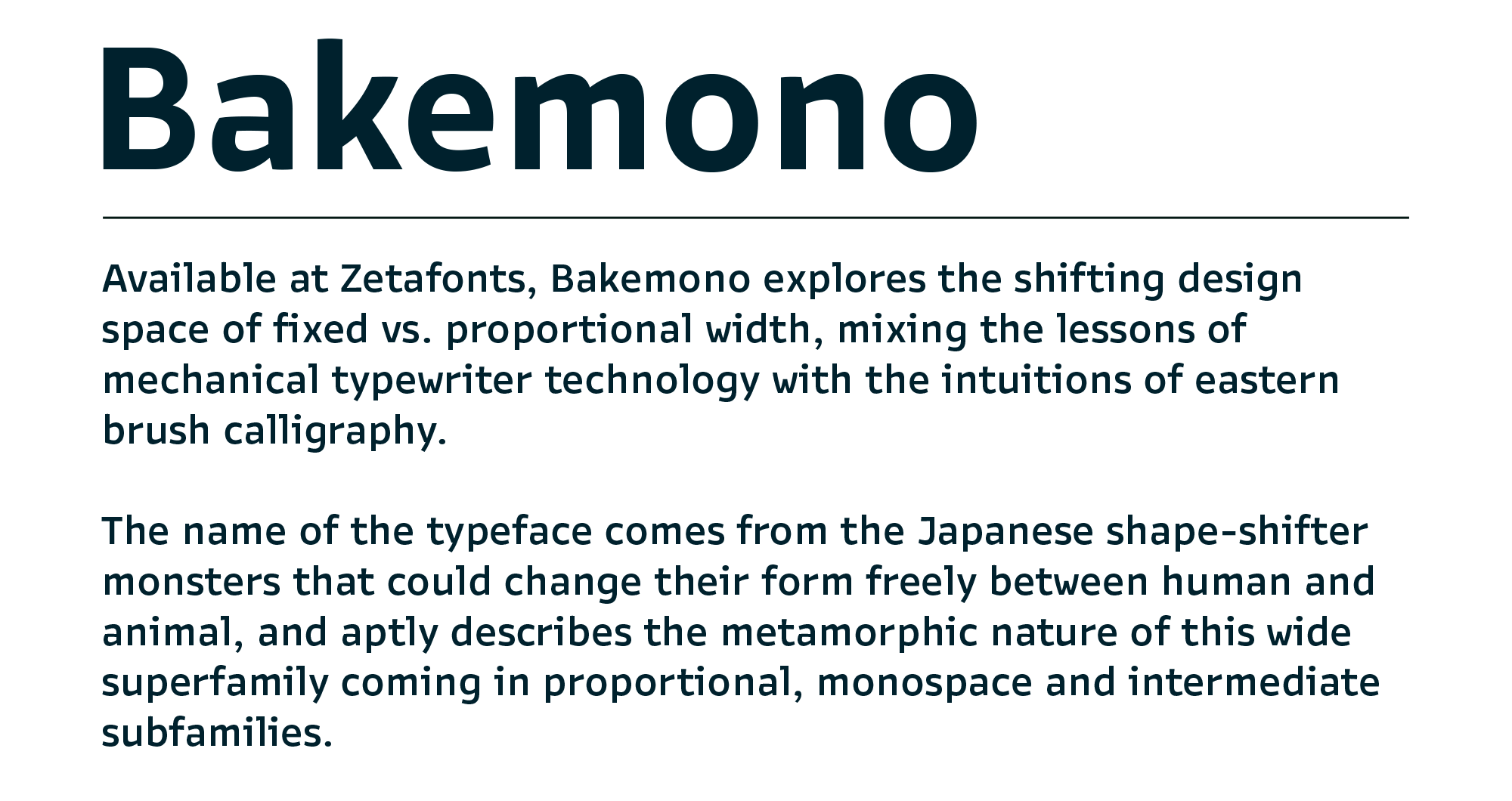Brick quiz whangsBbb jumpyAaa veldt fox.
AaBbCcDdEeFfGgHh
IiJjKkLlMmNnOoPpQq
RrSsTtUuVvWwXxYyZz

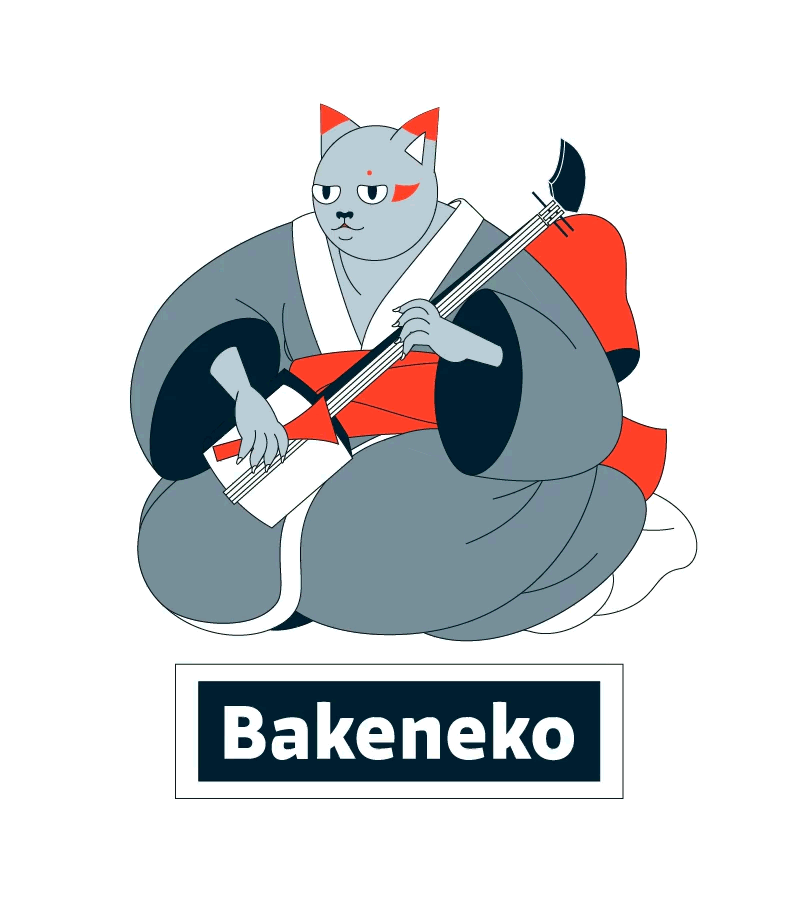
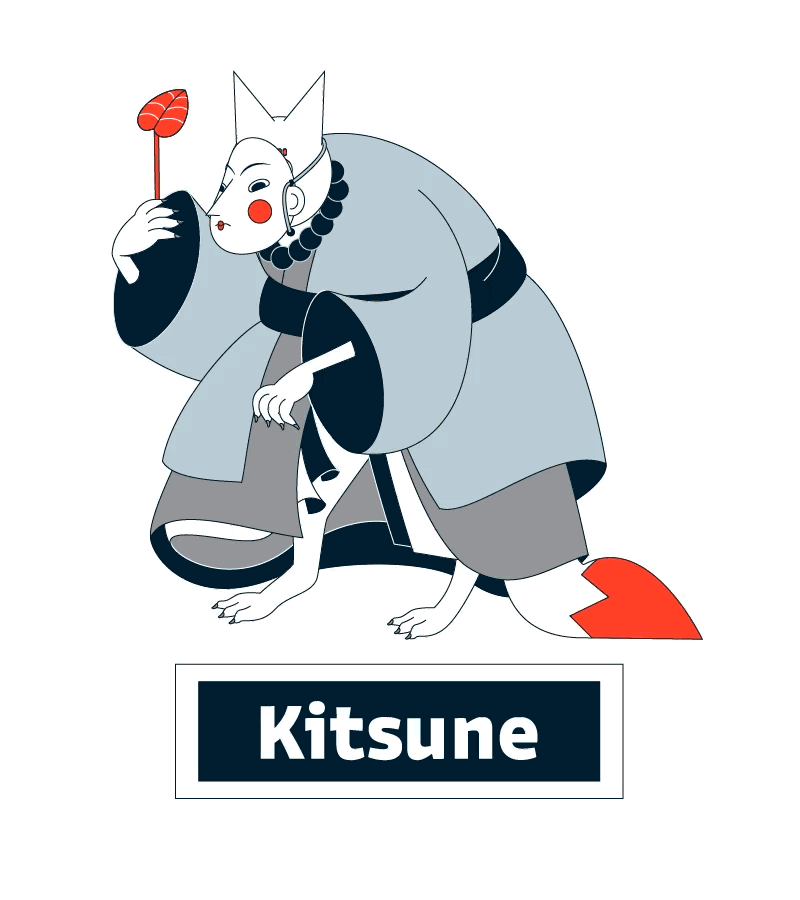
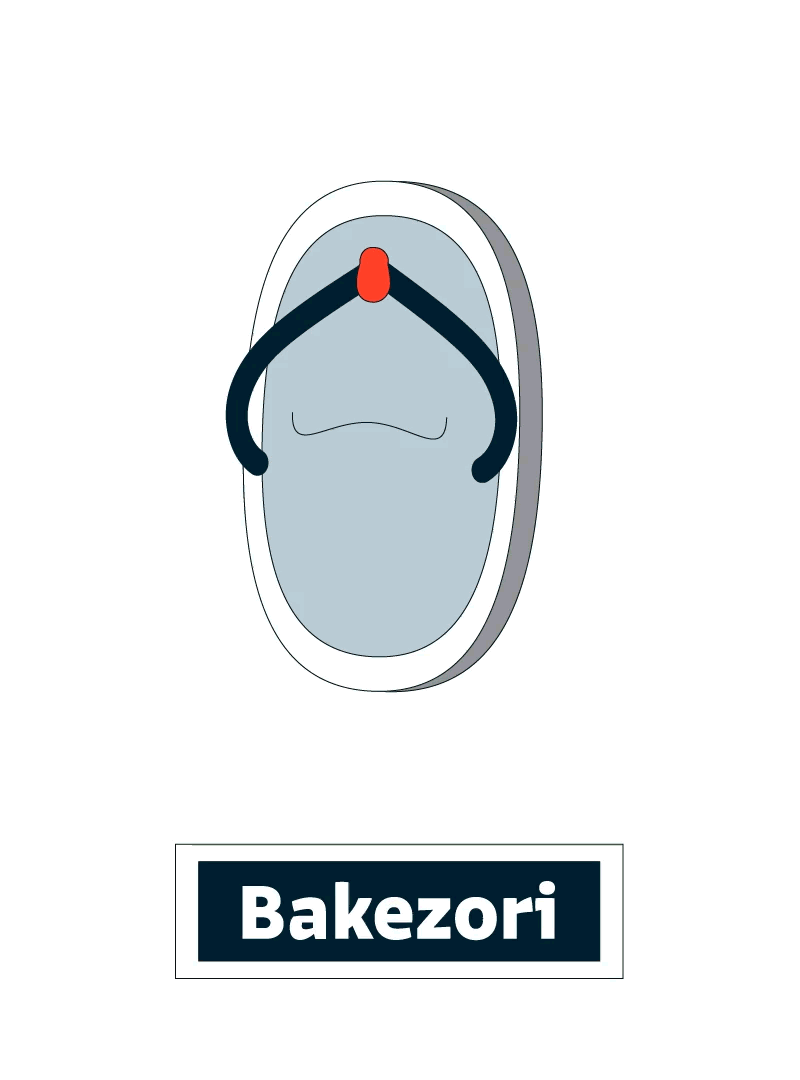
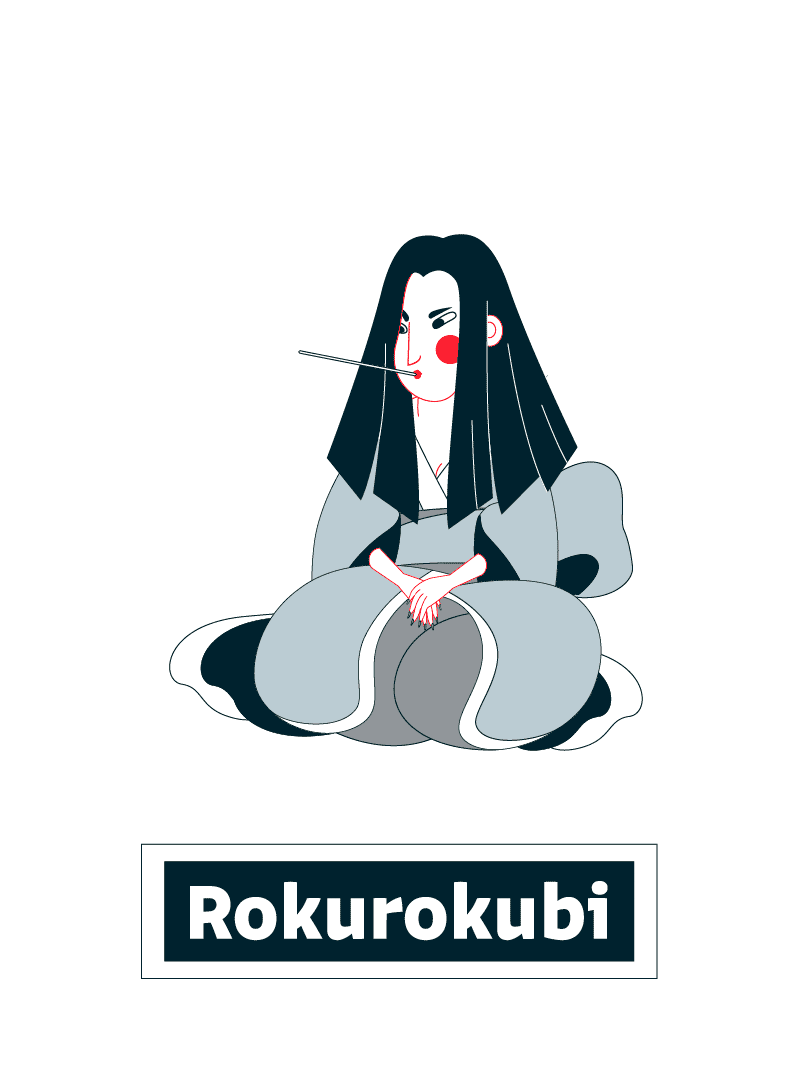
But far from their utilitarian reasons, monospace fonts also share a peculiar, quasi-brutal look that makes them used often for mere aesthetic reasons. Rather than being simply more readable, they convey to the reader both a simple base visual rythm and a complex change in letterforms, forcing some letters (notably the lowercase m and w) to shrink while making thin letters like i and l gain serifs.
Show show
Today Monospace typefaces are useful mostly in coding, where their strict visual rythm can easily help programmers articulate correctly the formal language of programming scripts. Things like punctuation, quotes and special symbols all get maximum visibility thank to the extra width, while indenting allows for easier spotting of errors.
Stroke endings are tapered to mimic the flow of brush calligraphy.
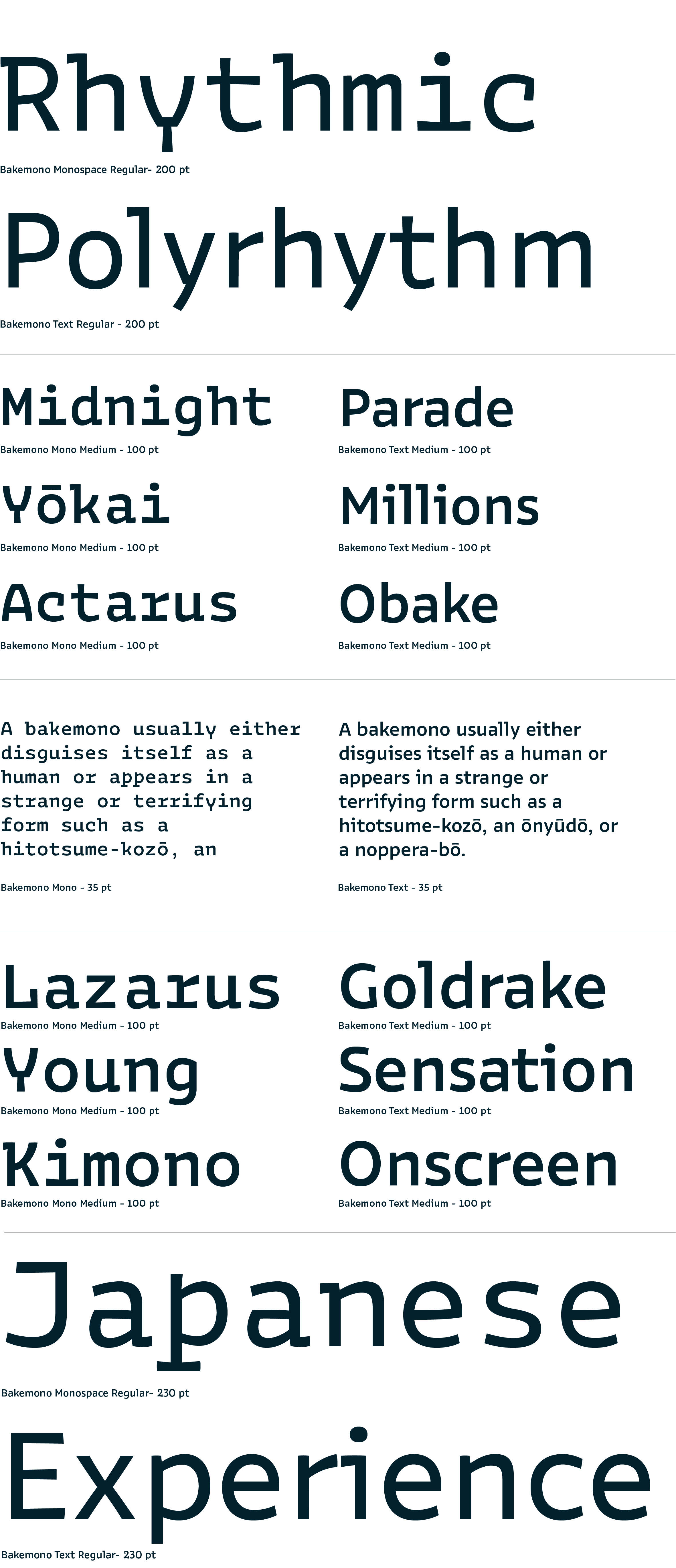




The Bakemono illustrations are born to celebrate Japanese folklore all year round. These 12 characters have their own personality and AI generated stories.
If you want to know more about them, stay in touch! The animation cards and stories will be available soon as NFT collectibles, in a limited 12 artworks edition.
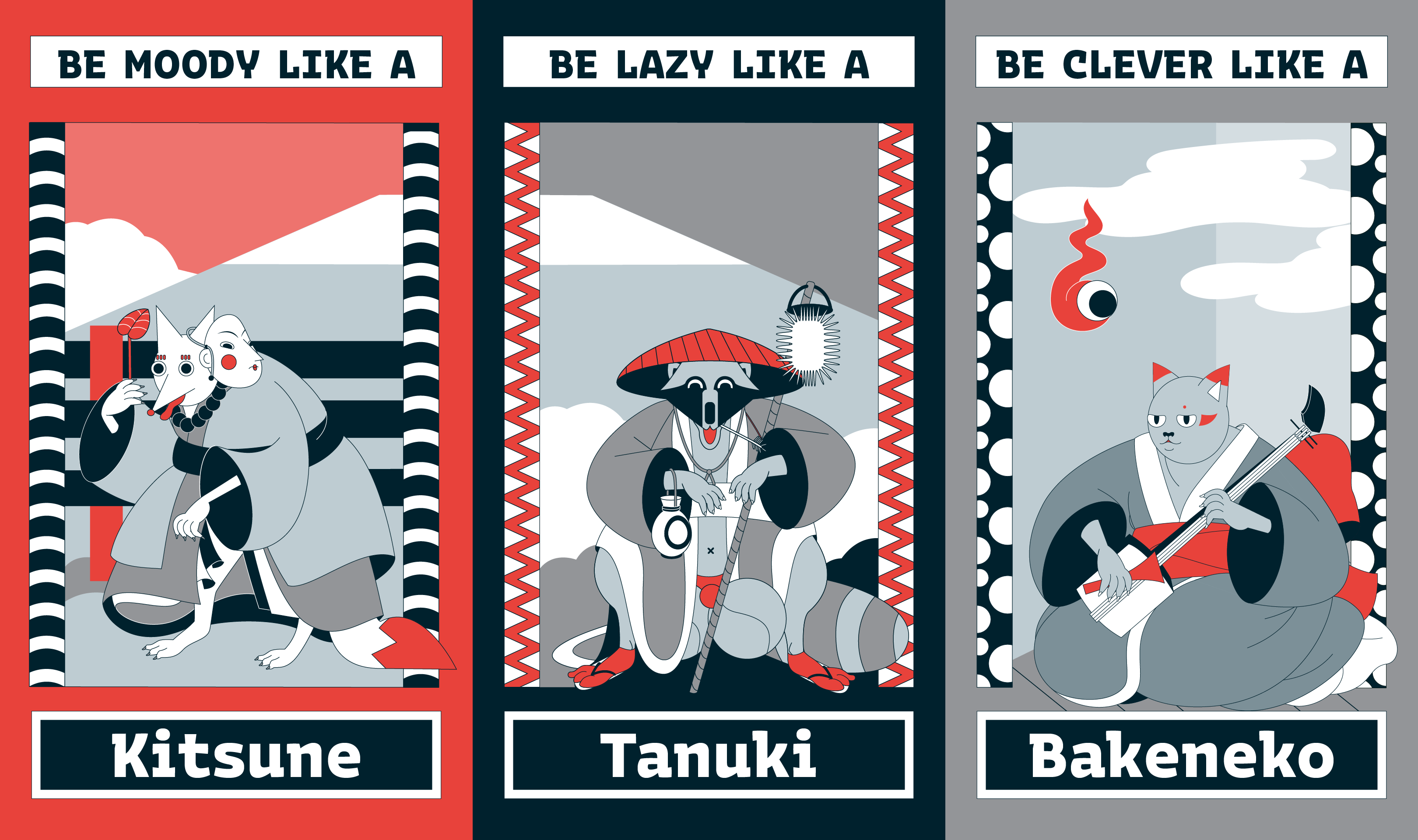
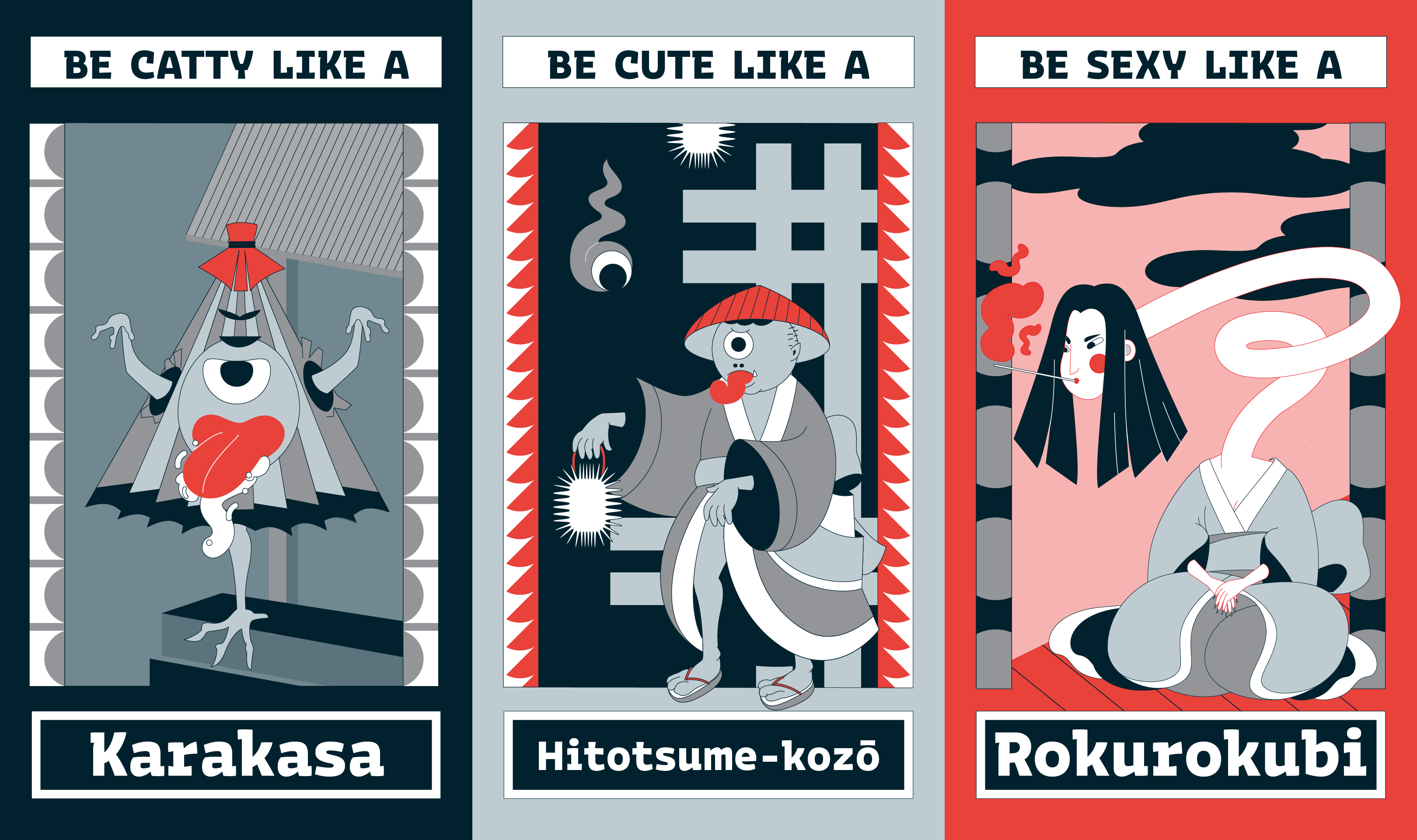
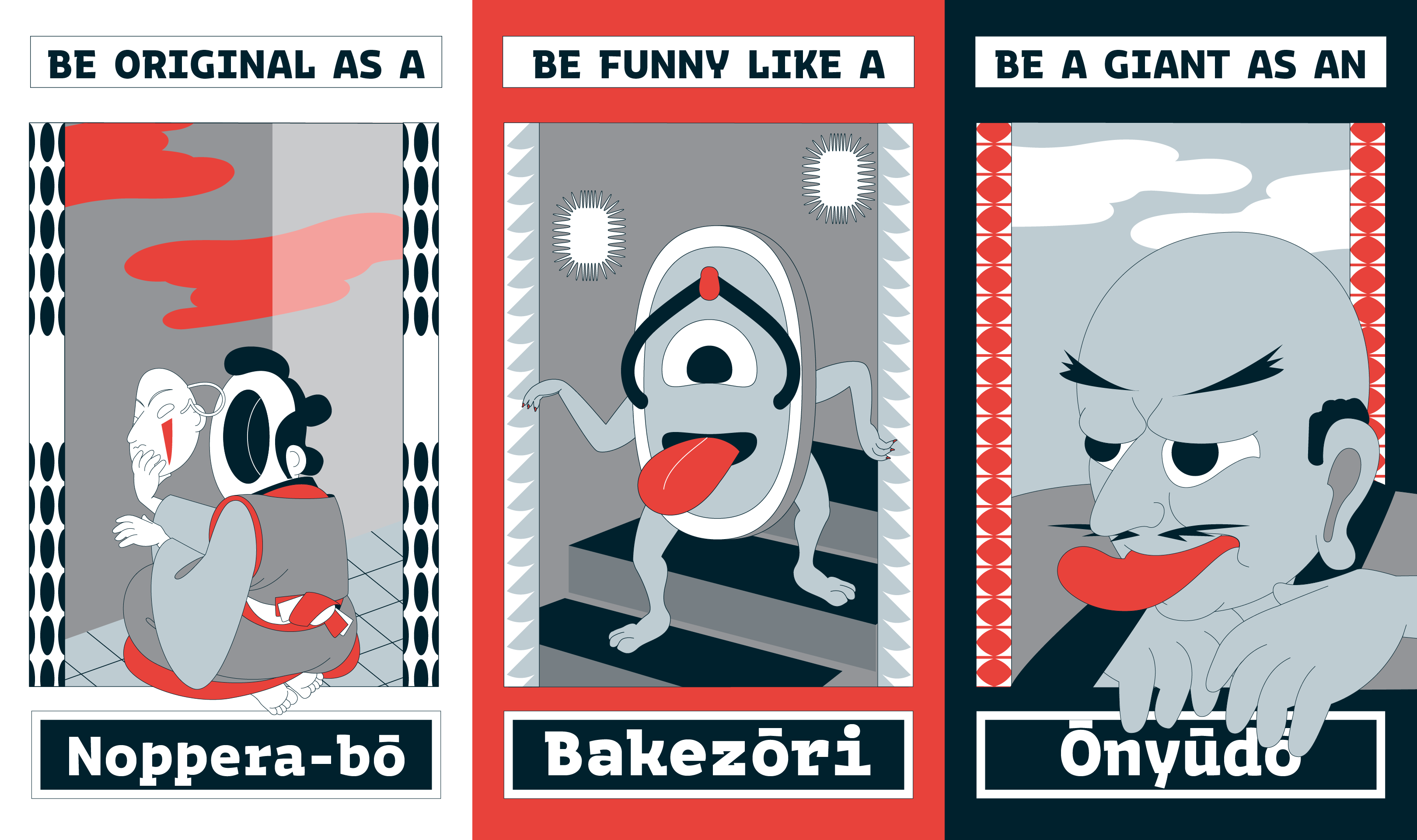
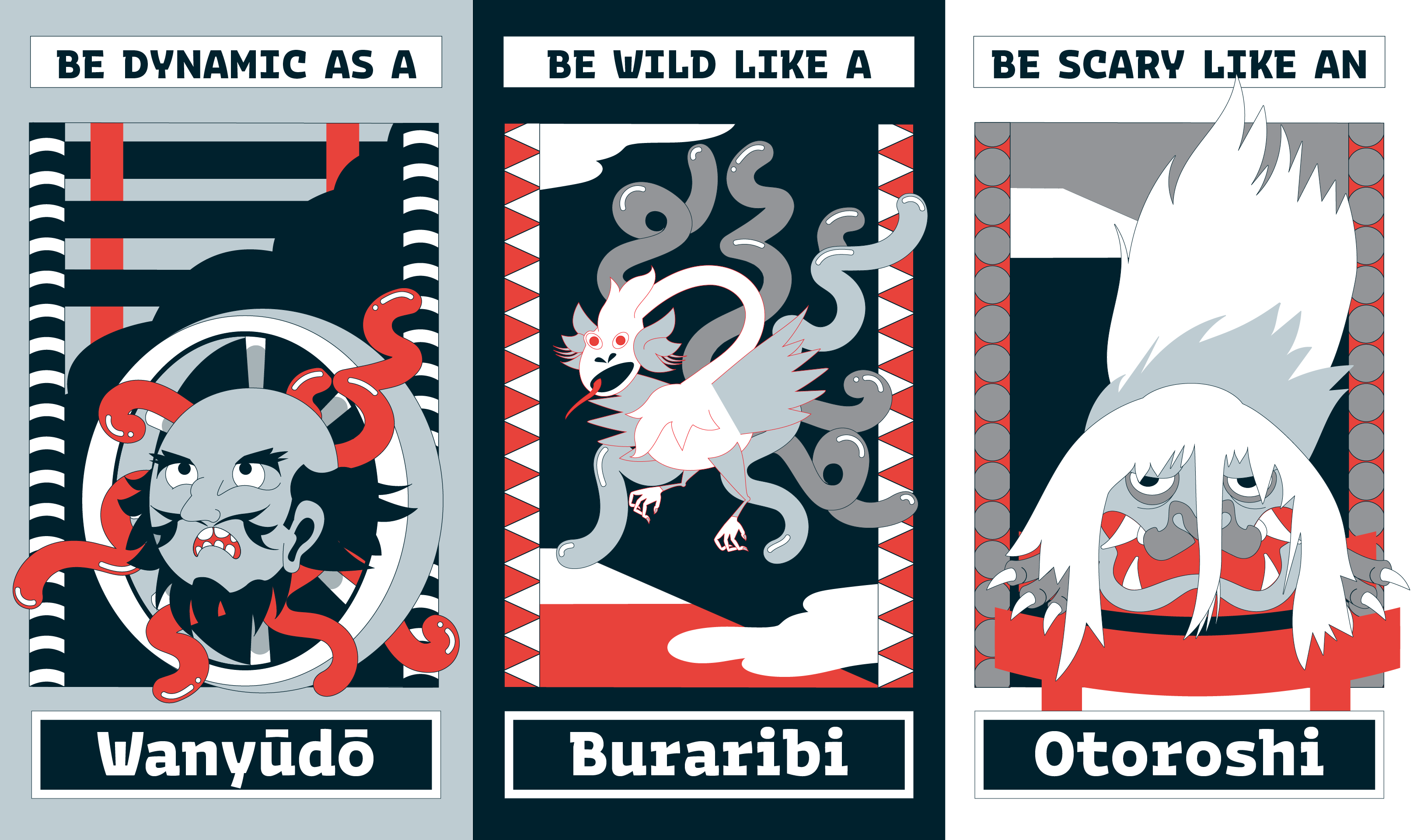
Bakemono Text Thin
Bakemono Text Extralight
Bakemono Text Light
Bakemono Text Regular
Bakemono Text Medium
Bakemono Text Bold
Bakemono Text Extrabold
Bakemono Stereo Thin
Bakemono Stereo Extralight
Bakemono Stereo Light
Bakemono Stereo Regular
Bakemono Stereo Medium
Bakemono Stereo Bold
Bakemono Stereo Extrabold
Bakemono Mono Thin
Bakemono Mono Extralight
Bakemono Mono Light
Bakemono Mono Regular
Bakemono Mono Medium
Bakemono Mono Bold
Bakemono Mono Extrabold
Weights
-
CText Thin
-
CText Extralight
-
CText Light
-
CText Regular
-
CText Medium
-
CText Bold
-
CText Extrabold
Writing system:
Language Supported:
Features
-
(HO!)Case-Sensitive Forms
-
arteStylistic Set 1
-
oggiStylistic Set 2
-
WuwdStylistic Set 3
-
KRXaorStylistic Set 4
-
aelsStylistic Set 9
-
QKADCStylistic Set 10
-
12/23Fractions
-
H123Alternate Annotation Forms
-
H123Denominators
-
H123Subscript
-
H123Superscript
-
H123Numerators
-
120Slashed Zero
Variable Typefaces
Variable Preview
Variable fonts are only available with the full family package (and might not be supported by all software)
blog name
The catalog opens with the “OFFF*uck Manifesto“, written by Awesome studio: a short text inviting everybody to “calm the fuck down, embrace the chaos & enjoy the ride”. The manifesto features the work of amazing artists and studios, such as Studio&more, Noelia Lozano, Domestic Data Streamers or Studio Furious, to name just some of them. It then features a section to show some of our own typographical experiments with artificial intelligence, using Midjourney AI and Dall-E as springboard to generate new typeface ideas.

A spread from “A Beautiful Mistake” featuring AI poetry
typeset in a typeface generated with the help of neural networks.
Finally, the book showcases the work of the amazing speakers and guests of OFFF TLV 2022 in a portfolio section of over 100 pages. Our typeface Milligram is used as main display typeface, while the text is typeset in a Blacker Mono, a font family created for the occasion by Cosimo Lorenzo Pancini and Francesco Canovaro under the input of Isabella Ahmadzadeh who was editorial designer on the project.
As class of y?kai, preternatural creatures in Japanese folklore. Literally, the terms mean a thing that changes.
Obake and Bakemono are often translated as "ghost", but primarily they refer to living things or supernatural beings who have taken on a temporary transformation, and these bakemono are distinct from the spirits of the dead. However, as a secondary usage, the term obake can be a synonym for yuurei, the ghost of a deceased human being. A bakemono's true form may be an animal such as a fox (kitsune), a raccoon dog (bake-danuki), a badger (mujina), a transforming cat (bakeneko), the spirit of a plant—such as a kodama, or an inanimate object which may possess a soul in Shinto and other animistic traditions. Obake derived from household objects are often called tsukumogami. A bakemono usually either disguises itself as a human or appears in a strange or terrifying form such as a hitotsume-koz?, an ?ny?d?, or a noppera-b?. In common usage, any bizarre apparition can be referred to as a bakemono or an obake whether or not it is believed to have some other form, making the terms roughly synonymous with y?kai.


